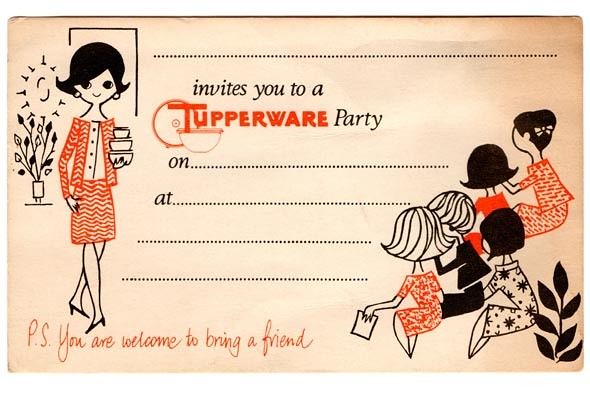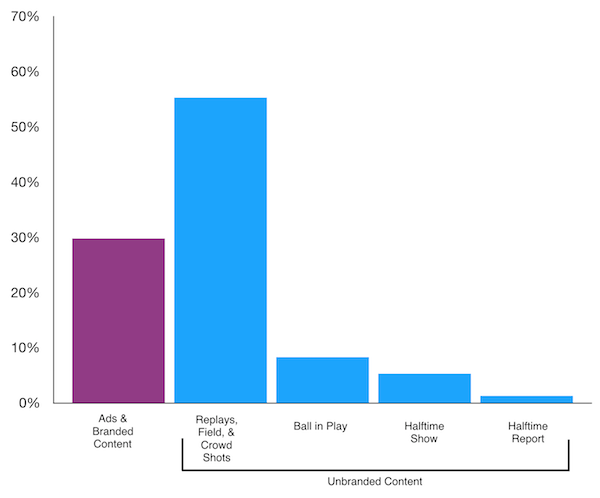As summer approaches and ads for part-time student work start popping up all over campus, it is a good time to talk about the sociology of sales. The Annex podcast recently ran a segment on multi-level marketing (MLM) organizations, and I just finished the binge-worthy podcast series The Dream, which follows the history of these companies and the lives of people who sell their products.

Sometimes called direct sales or network marketing, these organizations offer part time, independent work selling everything from handbags to health supplements. The tricky part is that many of these groups spend more time encouraging people to recruit friends and family to sell, rather than moving products through traditional retail markets. People draw on their nearby social networks to make sales and earn bonuses, often by hosting parties or meeting in small groups.
You might have seen pitches for one of these groups at your local coffee shop or campus. Some MLMs get busted for using this model to build illegal pyramid schemes, while other direct sales companies claim to follow the law by providing employee protections.

MLMs are a rich example for all kinds of sociology. You could do an entire Introduction to Sociology class branching out from this case alone! Here are a few examples that The Dream inspired for me (find episodes here):
- Economic sociologists can talk about the rise of precarious labor and the gig economy—conditions where more people feel like they need to be entrepreneurs just to survive. MLMs are particularly good at using these social conditions for recruitment.
- Sociologists of gender will have a lot to say about how these groups recruit women, targeting our gendered assumptions about who needs part-time, flexible work and who is best suited to do the emotional work of sales. Pair readings with Episode 2: “Women’s Work.”
- I’ve seen a fair number of MLM pitches in coffee shops and accidentally walked into a few in college. Watching these pitches is a masterclass in symbolic interactionism, and students can see how people build rapport with each other through face work and sales parties as rituals. Pair with Episode 3: “Do you party?”
- Many of these companies are either religiously-affiliated or lean on religious claims to inspire and motivate recruits. Sociologists of religion and culture can do a lot with the history of the New Thought movement. Pair The Protestant Ethic with Episode 4: “The Mind is a Fertile Field.”
- Political sociologists can use the history of how these groups get around regulation to talk about corporate influence in the political world and how elites coordinate. Sociologists of Law will also love the conversation about legitimacy, especially how direct sales organizations learned to distinguish themselves from “clearly illegal pyramid schemes.” Pair with Episode 7: “Lazy, Stupid, Greedy or Dead.”
This is a great focus topic for the social sciences, both because it touches on so many trends in the US culture and economy, and because college students and recent graduates are often a target market for many of these groups.
Evan Stewart is an assistant professor of sociology at University of Massachusetts Boston. You can follow his work at his website, on Twitter, or on BlueSky.




 To
To 

